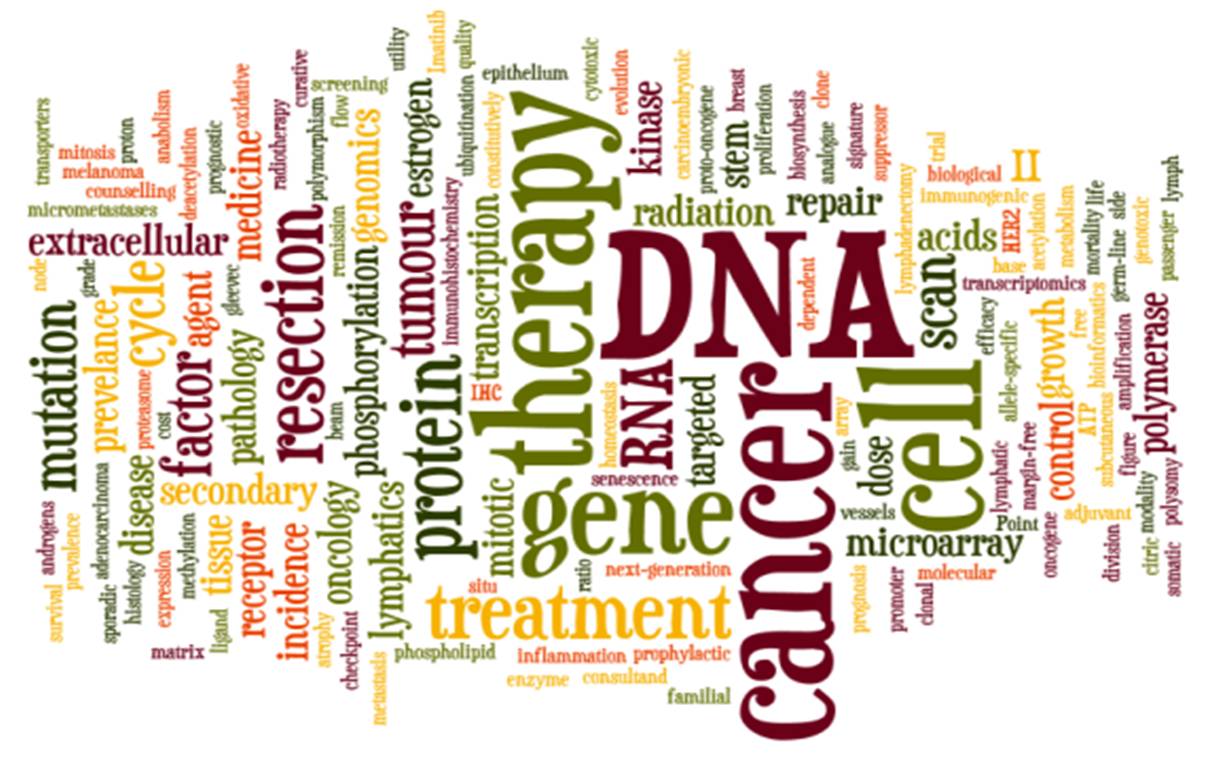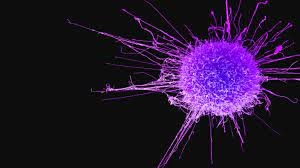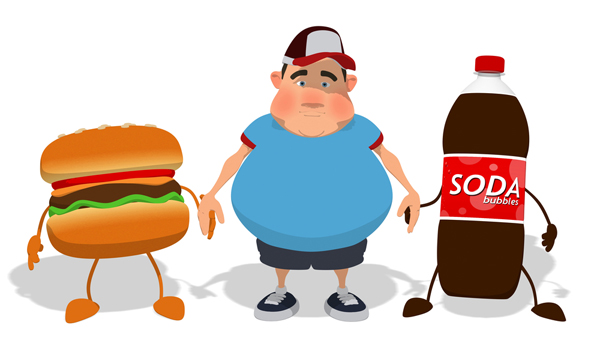Cancers And Tumors

CANCERS AND TUMORS:
Cancer, tumors and heart disease are the top killers in the United States. In Canada, cancer is the number one cause of early death (Canadian Cancer Statistics 2004 by the Canadian Cancer Society). “Cancer will be the leading cause of death in Canada by 2020. says Dr. Barbara Whylie, Chief Executive Officer of the Canadian Cancer Society.
Not long ago, catching a cancer was almost equal to a death sentence. But now with the development of new early diagnostic methods and better cancer cures, the world of cancer is no longer such a dreadful word anymore and the survival rates for cancer patients has increased dramatically.
However, the best weapon in fighting with cancers would be CANCER PREVENTION. Although there are many factors that influence cancerous growth, a healthy lifestyle will decrease your risk of catching cancer greatly.
What are Cancer and Tumor?
Basic Science
Our bodies are made up of tiny basic units which are called cells. Each cell contains the whole set of genetic information (genes) in the form of DNA (DeoxyRibonucleic Acid), which makes it possible for animal cloning. Dolly the sheep caught the attention of the whole world because she was the first mammal cloned from an adult’s differentiated cell (as opposed to the undifferentiated embryonic cells).
Through cell divisions, more cells are produced. Normally, cell divisions in our bodies are under controlled. If the cell division mechanism is out of control and the cells divide ceaselessly, then TUMOR is formed.
The characteristics of cells, tissues and organs are ultimately determined by the genetic information (genes) stored on DNA. The genetic information on the genes (pieces of DNA) is translated into proteins via a middleman called m-RNA (Messenger Ribonucleic Acid).
The proteins serve either as the building blocks of the cells or as special agents (such as enzymes or hormones) to participate in the biochemical reactions which biosynthesize other molecules. Some of synthesized molecules serve as building blocks for the cells.
The reason why different tissues and organs can show such differences is due to the differences in their structures and physiological activities.
When the DNA is damaged mutations occur and cancerous cells maybe formed as a result. Similarly, when the normal gene expression is altered (including those resulted from gene mutations), tumor cells maybe be formed. Not all genetic mutations or genetic expression alterations will lead to cancers or tumors.
CANCERS and TUMORS:
Tumors are masses of tissue cells that grow abnormally. Tumors can either be benign, in which case the growth of the tumor cells is moderately under control and they don’t spread into the other parts of the body; or malignant, which means that the growth of the tumor cells is out of control and they tend to spread into the other parts of the body. We call malignant tumor cancers.
MUTAGENS:
A mutagen is a substance or agent that induces genetic mutation. Genetic mutations may or may not lead to cancers.
CARCINOGENS:
A carcinogen is a substance or agent that causes cancer. Some of the known carcigonens are:
1)High Frequency Radiation (Ionizing Radiation and Ultraviolet Radiation)
Types of ionizing radiation include x-rays, gamma rays, cosmic rays, and particles given off by radioactive materials such as alpha particles, beta rays, and protons.
2)Secondhand Smokes
Secondhand smoke has been classified as a Group A carcinogen by the US Environmental Protection Agency (EPA), which means that there is sufficient evidence that it causes cancer in humans.
3) Benzene
Benzene is widely used in the United States and ranks among the top 20 chemicals produced (ATSDR, 1997. The National Toxicology Program classifies benzene as a known carcinogen (NCEA, 1998).
4) Asbestos
Asbestos is a group of naturally occurring fibrous minerals. The National Toxicology Program classifies asbestos as a known human carcinogen.
5) Lead
The National Toxicology Program classifies lead acetate and lead phosphate as “reasonably anticipated to be human carcinogens.”
CANCER AND AGE:
For men, 75% of new cancer cases and 82% of deaths due to cancers occur among those who are at least 60 years old. For women, 63% of new cases and 78% of cancer deaths occur among those who are at least 60 years old.
The aging process or more accurately the time factor (harmful effects accumulated over the time and the aging process per se) plays a major role in causing the cancers.
As time goes by, harmful facts like UV lights, pollutions, heavy metals, carcinogenesis chemicals, mental stresses, etc. take toll of our health by interfering with the normal metabolism of our cells; gene expression processes; or by directly changing our genetic information (DNA) which is called gene mutation.
So far we still can’t stop the aging process (at least in this dimension of the world), but we can slow it down by introducing OPC into our diet. OPC is a powerful antioxidant, which can scavenge free radicals in our bodies, thereby it can slow down the aging process and reduce the risk of cancer by protecting DNA.
CANCER AND GENDER:
Men’s health and women’s health are affected differently due to their differences in physical and physiological characteristics.
The Top Ten Killers Cancers for Men are:
Lung, colorectal, prostate, pancreas, Non-Hodgkin’s lymphoma, leukemia, Esophagus, bladder, stomach and kidney cancers. The eleventh is brain cancer.
The Top Ten Killer Cancers for Women are:
Lung, breast, colorectal, pancreas, ovary, Non-Hodgkin’s lymphoma, leukemia, stomach, body of uterus and brain cancer are the top cancers found in females.
The fact that lung cancer is the number one cause of cancer death for both men and women should raise concerns from people who smoke since smoking is the major contributor for lung cancer.
CANCER IMMUNE THERAPY:
The body has an innate ability to heal itself. Most chronic disease, includes cancer, arthritis, heart disease, diabetes, and fibromyalgia, can be successfully reversed by triggering the appropriate immune response.




